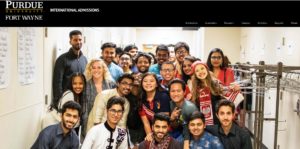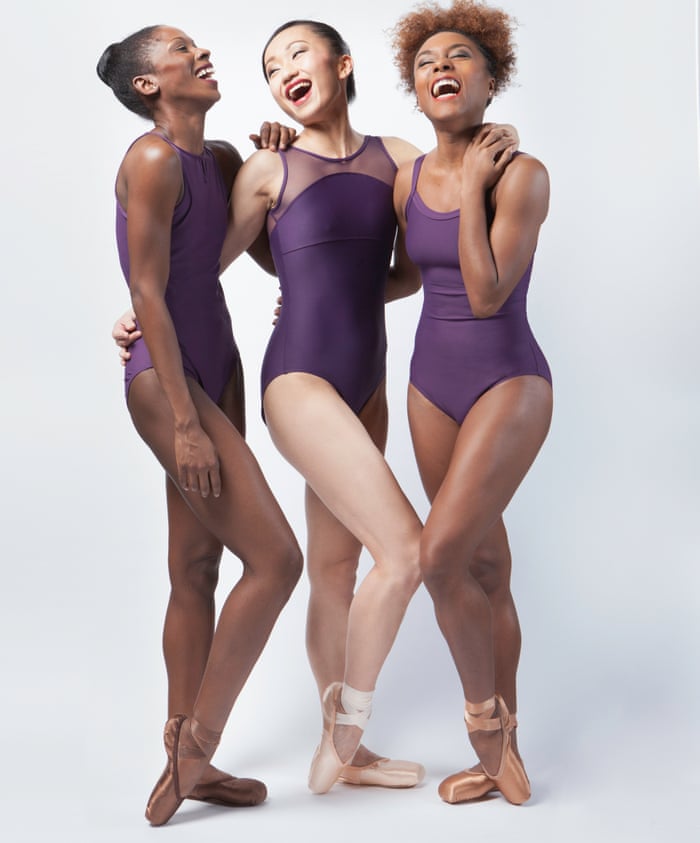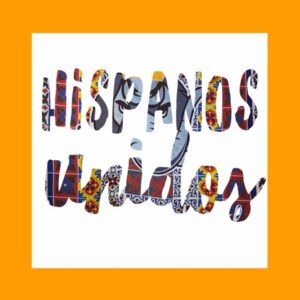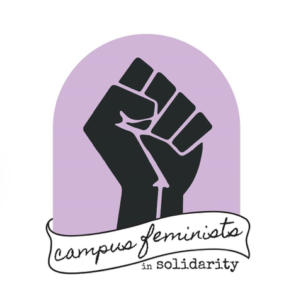By: Tze Wan Goh
Purdue University Fort Wayne welcomes international students every semester, and while some students might be coping well with the new environment, others face challenges at some point during their stay in the United States.
The university is a diverse campus consisting of about 300 international students representing 51 countries from all around the world. As of  the fall semester, around 80 to 85 international students were enrolled at PFW.
the fall semester, around 80 to 85 international students were enrolled at PFW.
Among the many challenges and changes that international students have to go through, culture, daily habits, language and religion are some of the main struggles that they have to deal with during their stay in the United States.
Janice Kumala, the only international student from Indonesia, said that she faced homesickness and challenges due to the difference in weather when she first arrived in Fort Wayne.
Kumala, who is majoring in business marketing, came to the U.S. for better education in 2016 and has also experienced a difference in culture compared to her country. ““In the U.S., people are so much friendlier to strangers or to others in general, Kumala said. “It would be weird to say hi, back in Indonesia, but here it would be weird if you don’t say those things.”
Min Namgung, an international student from South Korea who is currently pursuing her master’s in computer science, also talked about some differences in culture. In her country, she said that people who are in the same major will sometimes have gatherings to get to know more about each other or build connections after classes.
“However, here, America, people do not care about each other even though they are in the same major, and do not have any gathering as a group,” Namgung said.
Namgung talked about some culture shocks that she experienced here in the U.S. Coming from a more conserved culture, she said she was surprised when one of her classmates talked about sex as a presentation topic whom later “gave a box of condoms to all classmates including lecturer.”
Not just culture, but daily routine is also somewhat different in the United States compared to what international students have in their countries. Namgung said that people back in her country recycles and separates their trash. She was shocked when she realized that recycling is not widely practiced in the United States.
“I did not know how to throw away my leftover food, and my friends just told me to throw away in the normal trash can,” she said.
Yi Mei Lam, an international exchange student from Switzerland who came to PFW during the fall semester, said that one of her main struggles was not being able go to places independently due to the low accessibility to public transportations.
“While the international office offered shopping trips, I missed having the independence to go wherever I wanted to whenever without relying on others,” Lam said.
Lam also struggled with the heavy workload that the university requires at first and had to get used to the consistency of assignments and tests.
Students also struggle with language when they first arrive in the United States. Namgung explained that even though she has her qualifications in English, it is different and more challenging in real life to take in the language.
Namgung talked about her experience with stereotyping that came from some of the international students while she was in the United States. “I would say it was from their ignorance of my culture, but they asked me if I did any plastic surgery ever or have eaten a dog. And they said they heard all Koreans did that,” Namgung said.
Kumala talked about the different religions in her country and Muslim is the most popular among other seven religions.“Although I’m not a Muslim, it is still different for me to not see a lot of Muslims,” Kumala said. She also said that she experienced culture shock from how early most restaurants or businesses close here and earlier during the weekends.
Both Kumala and Lam said that friends helped a lot in coping with the new environment, while Namgung said that she coped by copying others’ lifestyle and attitude.
Maureen Linvill, assistant director of the international student services, gave some tips and advice on how to cope with new environments. She said that students should get involved more on campus even though academics is the focus. Getting involved in student organizations or getting a job on campus helps with homesickness, Linvill said.
The office of international education provides different events throughout the semester, open to all local and international students and faculty to experience different festivals and cultures in the United States together. They also offer workshops and panels to help international students adapt to the new environment and educate local students about international cultures, religion, etc.
One of these events is “a day in their shoes,” held on Nov. 20, where everyone gets the chance to experience challenges that international students go through to study in the United States. Through the simulation, students who participated faced challenges like having their visa rejected, being rejected to entry at the border or problems with bank statements.
During the panel discussion, students and faculty gave advice to international students or those who plan to study abroad to be prepared in advance with all the paperwork, answers to give during a visa interview, the weather, etc. International students are advised to be flexible and open to new and different things.
Linvill advises students to not “stay in country bubbles,” which are groups of students who do not often get involved in meeting people from other cultures or local students. She also advises students to not hesitate to ask for help when needed.
“I feel like some students make assumptions and then find themselves into problems, maybe they didn’t take 12 credit hours or things that they have to do to maintain their status,” said Linvill.
“If in doubt come see me,” she said.








